The Importance of Observation in Photography
Issue 213 — How paying attention to light, shadow, and detail can elevate your images.
Photography is often described as the art of observation, and for good reason. Great photos aren’t just about high-end cameras or fancy lenses – they come from truly seeing the world around you. Have you ever wondered why two photographers can stand in the same place and capture completely different images? It comes down to how each one observes light, subjects, and moments. By actively observing your environment – noticing light and shadow, watching people’s gestures, spotting subtle details – you can capture compelling images regardless of your equipment. In fact, many iconic shots have been made with simple gear because the photographer had a keen eye. Your most powerful tool in photography isn’t in your camera bag; it’s your ability to pay attention.
Seeing vs. Looking: Why Observation Matters
It’s easy to click the shutter without really seeing what’s in front of you. True observation means slowing down and being present. Instead of rushing from one shot to the next, take a moment to look carefully at your scene. Notice the way elements interact – the lines of a building, the pattern in a street, or a fleeting expression on someone’s face. Observation is the foundation of great photography, allowing you to uncover unique perspectives and capture moments others might overlook. By training yourself to be attentive, you’ll start to anticipate events before they happen. For example, watch how a child’s laughter is building and be ready to capture the smile, or notice a bird poised to take flight. This anticipation comes from keen observation and will help you press the shutter at just the right instant. Above all, observation lets you tell a story: you’re not merely taking a picture, you’re conveying what you saw and felt in that moment. And the more you practice observing, the more you’ll find that extraordinary images are hiding in plain sight, waiting for your eyes to discover them.
Light and Shadow: The Heart of an Image
Light is the raw material of photography. Being observant of light and shadow is crucial, regardless of the genre you shoot. Start paying attention to how light falls on everything around you – the golden glow on faces at sunset, the long shadows stretching across a sidewalk, the soft window light on a quiet morning. We often hear that “light is everything” in photography, and it’s true that good light can transform an ordinary scene into something magical. Beautiful light is all around us, but seeing it requires patience and observation. Take time to note where the light is coming from and how it changes throughout the day. Direct midday sun might create harsh, sharp-edged shadows, while an overcast sky yields gentle, even light. A truly observant photographer also notices shadows and contrast – sometimes the shape of a shadow or the pattern of light filtering through leaves can be a subject in itself. By tuning your eye to light and shadow, you’ll begin to use them deliberately in your images: positioning your subject in a soft shaft of light, or framing a silhouette against a bright background. This awareness of light doesn’t depend on having expensive lighting gear or a top-of-the-line camera; it comes from your willingness to watch and wait. When you develop this habit, you’ll find that even the most mundane locations hold opportunities for dramatic, beautifully lit photographs.
Gestures and Moments: Capturing Emotion
Some of the most powerful photographs are those that capture human gestures, expressions, and fleeting moments. Think of a street scene where a split-second interaction – a handshake, a child’s surprise, an elderly couple’s knowing glance – tells a whole story. These moments are everywhere, but you have to be alert to catch them. Train yourself to observe people’s body language and timing. In genres like street or documentary photography, blending into the scene and watching quietly is key. You might notice a pattern: for example, a street performer glancing at the crowd each time they finish a trick – that’s your cue to capture their proud smile or a spectator’s reaction. Even in planned situations like portraits or weddings, being observant pays off. Perhaps the bride and groom think nobody’s watching as they exchange a private laugh; the attentive photographer is ready to hit the shutter. As the legendary photographer Henri Cartier-Bresson put it, “Your eye must see a composition or an expression that life itself offers you, and you must know when to click the camera.” An ever-observant eye will recognize those expressions and gestures that convey real emotion. Remember, these meaningful moments happen in an instant and then vanish – if you aren’t watching carefully, they’re gone forever. By actively observing gestures and anticipating emotion, you’ll capture images that resonate on a human level. Often it’s not the grand poses or obvious scenes that make the best photo, but the subtle, unrepeatable moments you noticed when others did not.
Details and Patterns: Finding Hidden Beauty
Observation isn’t only about big moments; it’s also about the small details. Great photographers learn to see beauty in the seemingly mundane. Textures, patterns, and tiny details can be compelling subjects once you start looking for them. For instance, notice the raindrops clinging to a window that create an abstract pattern of dots, or the way fallen leaves on a sidewalk form a patchwork of colors. In photography, the smallest thing can be a great subject – a little detail can become the highlight that makes a photo special. Look for repetition and patterns: rows of lampposts receding into the distance, the intricate symmetry of a flower, or the chaotic tangle of wires on a city street. These often go unnoticed by a casual glance, but when you train your eye, you’ll start spotting them everywhere. Being observant of details also helps in storytelling. A close-up of a wrinkled hand on a lap can say as much about a person’s life as a full portrait. A splash of red graffiti on a grey wall might become the focal point of an urban shot. No matter the genre – be it landscape, where noticing a single wildflower in a vast field adds interest, or food photography, where a sprinkle of sugar on a pastry catches the light – attention to detail separates an average photo from a memorable one. Encourage yourself to look closer at everyday scenes. Often, a minor element that others pass by can become your next striking image. By finding the hidden beauty in ordinary details, you remind viewers to appreciate the world more deeply, just as you did when you pressed the shutter.
Exercises to Improve Your Observational Skills
Cultivating a keen eye takes practice. The good news is you can train yourself to be more observant, just like exercising a muscle. Here are a few exercises and habits to help sharpen your photographic observation:
The 100 Steps Challenge: Go on a walk and take a photo of something interesting, then walk about 100 steps and force yourself to find a completely new subject to photograph. Repeat this for several rounds. This simple exercise is designed to enhance your ability to notice things in your surroundings. All great photographers are masters at noticing things others might overlook, and with this practice, you’ll start seeing new opportunities that you would have missed before.
Slow Down and Look: For your next outing, limit yourself to a small number of photos (or pretend you have only one roll of film). You might even turn off your camera’s screen preview. By doing this, you’re encouraged to pause and observe before pressing the shutter. You’ll quickly discover the benefit of taking your time – scenes unfold more vividly when you’re not rushing. Simply sitting in one spot for 15 minutes and studying your environment can reveal details and moments that you’d otherwise gloss over.
Observation Walks (Without Shooting at First): Occasionally, take your camera with you, but commit to spending the first 10 minutes just observing without taking any pictures. Look at how the light plays on buildings, watch people’s interactions, and scan for colors or patterns. After this period of deliberate looking, start shooting what catches your eye. By removing the pressure to “get the shot” immediately, you’ll heighten your awareness of your surroundings. This habit trains you to see first and shoot second.
Focus on One Theme: Pick a single visual theme for a day and make it your mission to find it. For example, decide to notice shadows – you’ll soon find yourself spotting interesting shadow shapes and contrasts everywhere, from a bicycle’s wheel spokes on the pavement to tree branches casting lace-like shadows on a wall. Or choose a color – say, red – and suddenly you’ll see red objects or patterns popping out all over the city. By narrowing your focus, you open up your vision to discoveries and train your brain to seek out details.
By practicing these exercises, you’ll gradually rewire yourself to be more attentive. At first, it might feel difficult to find a photo in an ordinary setting, but over time, your eyes will become sharper. You’ll start noticing the way light changes the texture of a brick wall at golden hour, or how a stranger’s brief gesture tells a story. This kind of seeing deepens your connection to the world around you and, as a result, makes your photography more impactful.
Observation is a skill that will elevate your photography more than any piece of gear ever could. When you learn to truly observe – to notice light, shadow, gestures, and details actively – your images reflect a unique perspective and creativity that no expensive camera can substitute. So next time you head out with your camera (or even your phone), remember to slow down and look around. The compelling images are out there, often in the everyday scenes we habitually ignore. With a keen eye, you can capture the extraordinary in the ordinary. Your journey as a photographer is not just about improving technical skills, but about seeing the world with fresh curiosity and a new perspective. The more you practice observation, the more the world will reveal its endless photo opportunities. Now, grab your camera, step outside, and start observing – you’ll be amazed at what you discover.
References and Further Reading
Red Giant Media Agency – Develop Your Eye for Detail in Photography: The Ultimate Guide (February 28, 2024).
Alan Ranger – Why Photography is an Art of Observation: A Deep Dive (June 18, 2025).
Click Community (Jyotsna Bhamidipati) – Find beautiful light to create dramatic still life and macro images(n.d.).
InstantShift – 15 Photography Training Exercises Guaranteed to Improve Your Skills (Dec 25, 2015).
Dan Carr (ShutterMuse) – 28 Inspirational Henri Cartier-Bresson Quotes (June 28, 2024).
Koby Photography – Mastering Street Photography: Tips and Techniques… (blog, 2023).
Thank you for reading. I hope you’re having a great week!


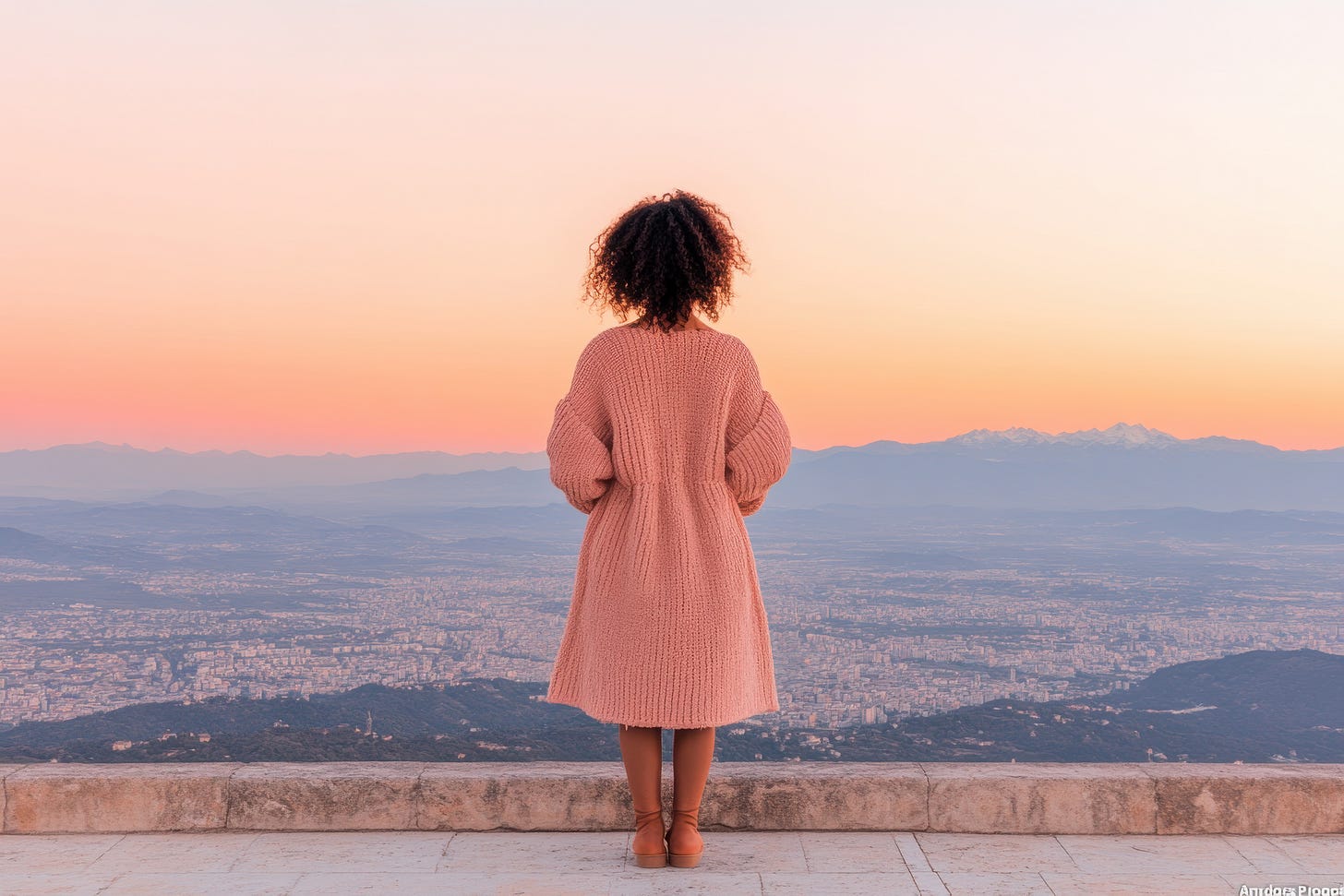
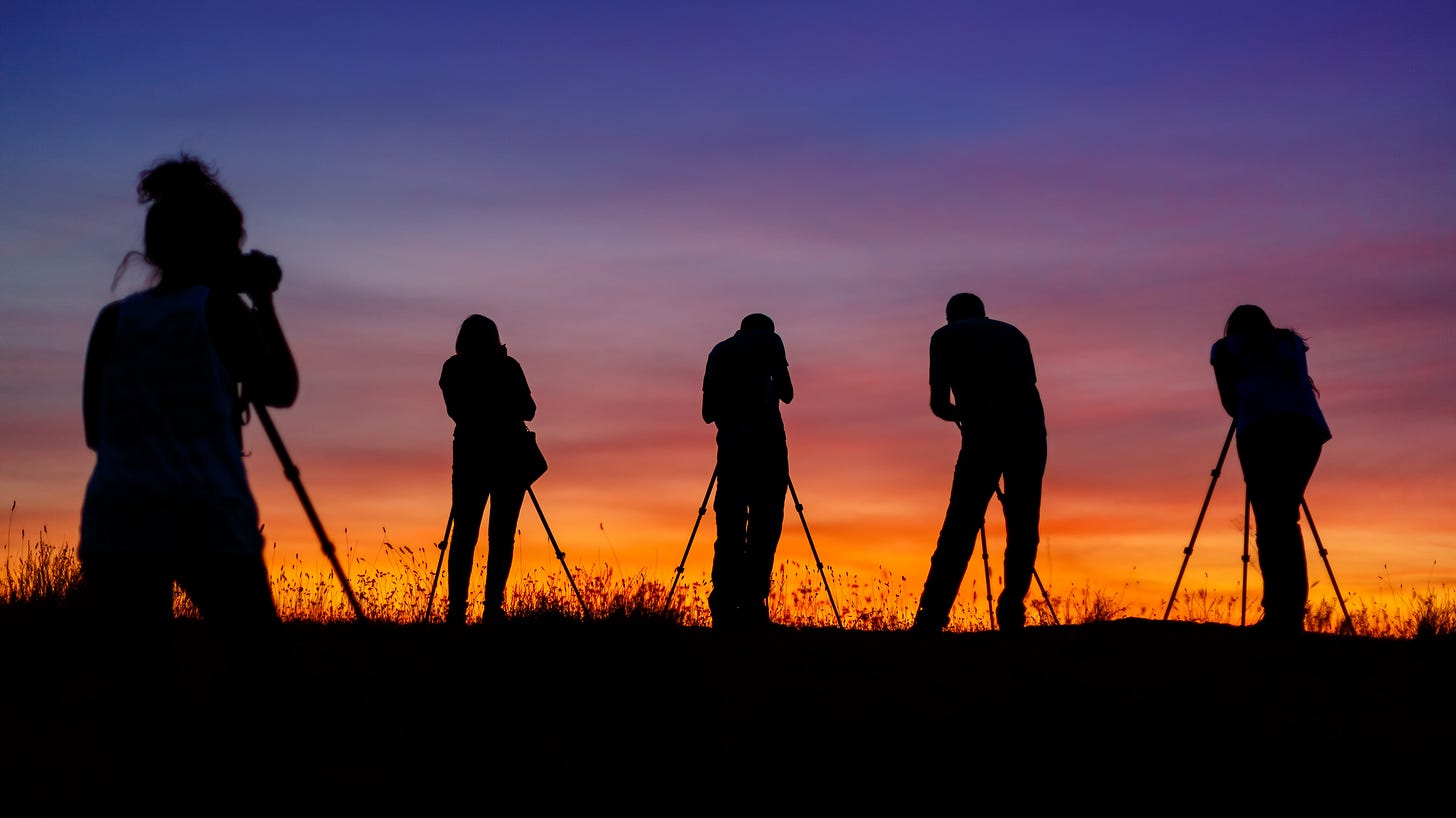
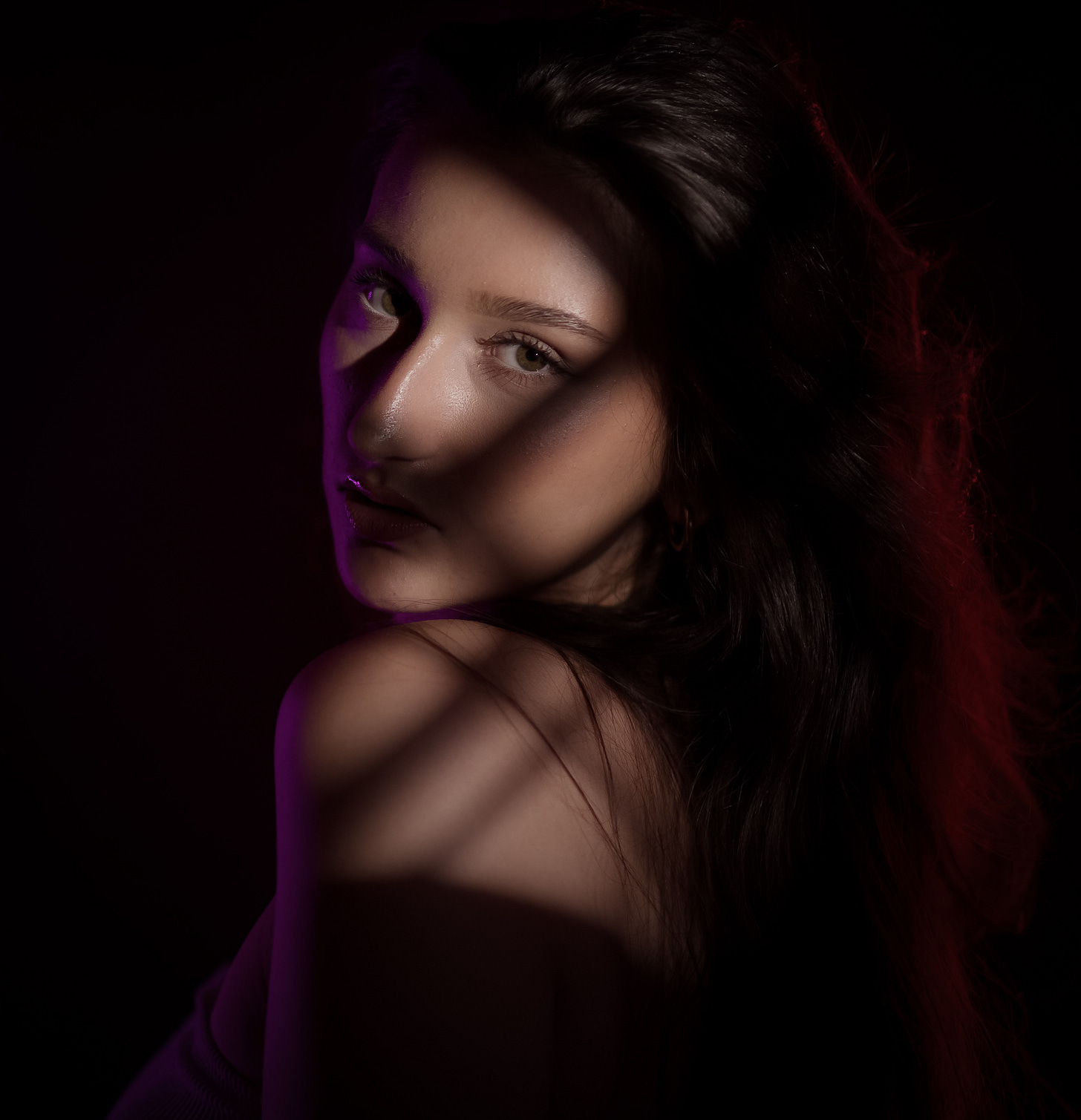
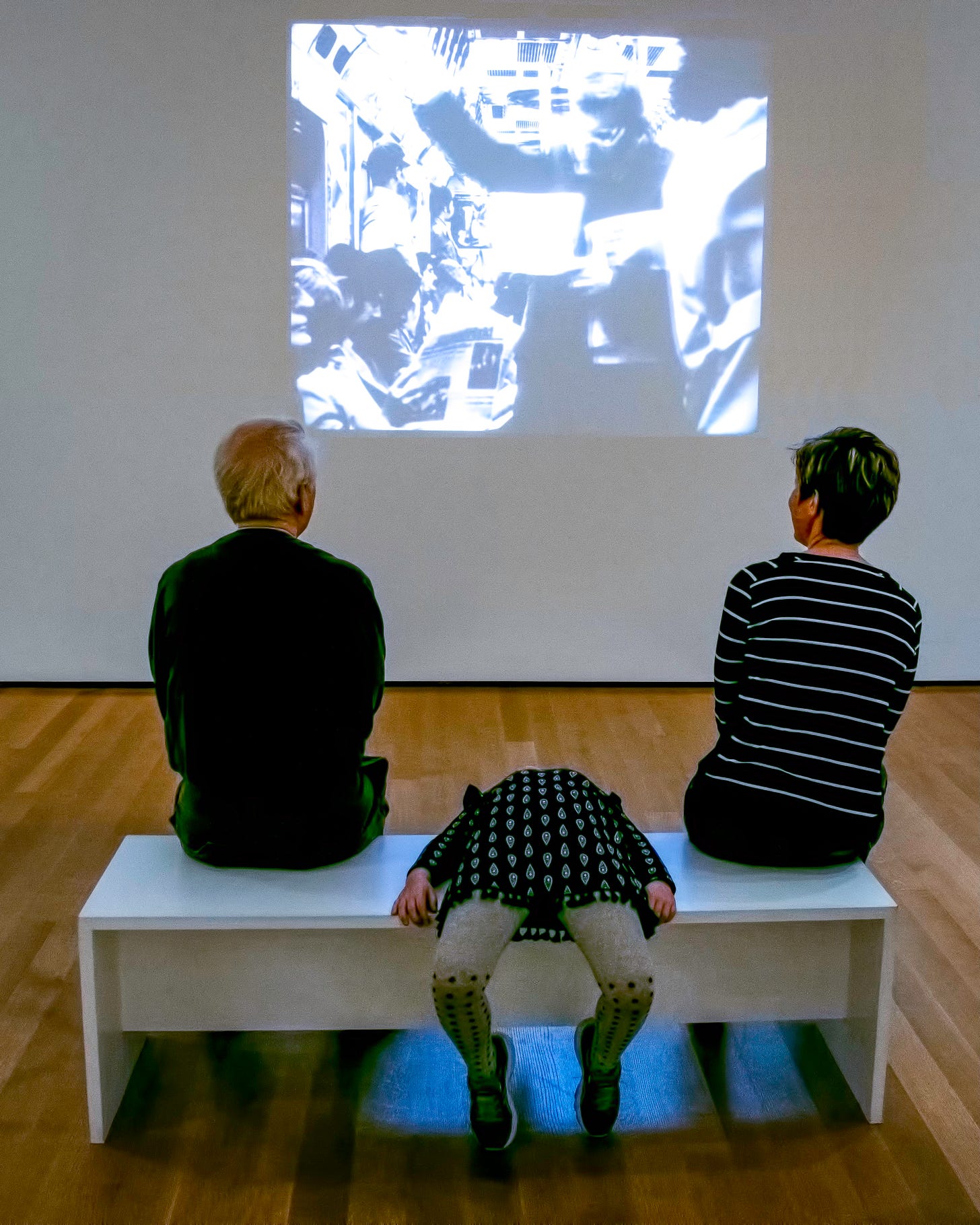
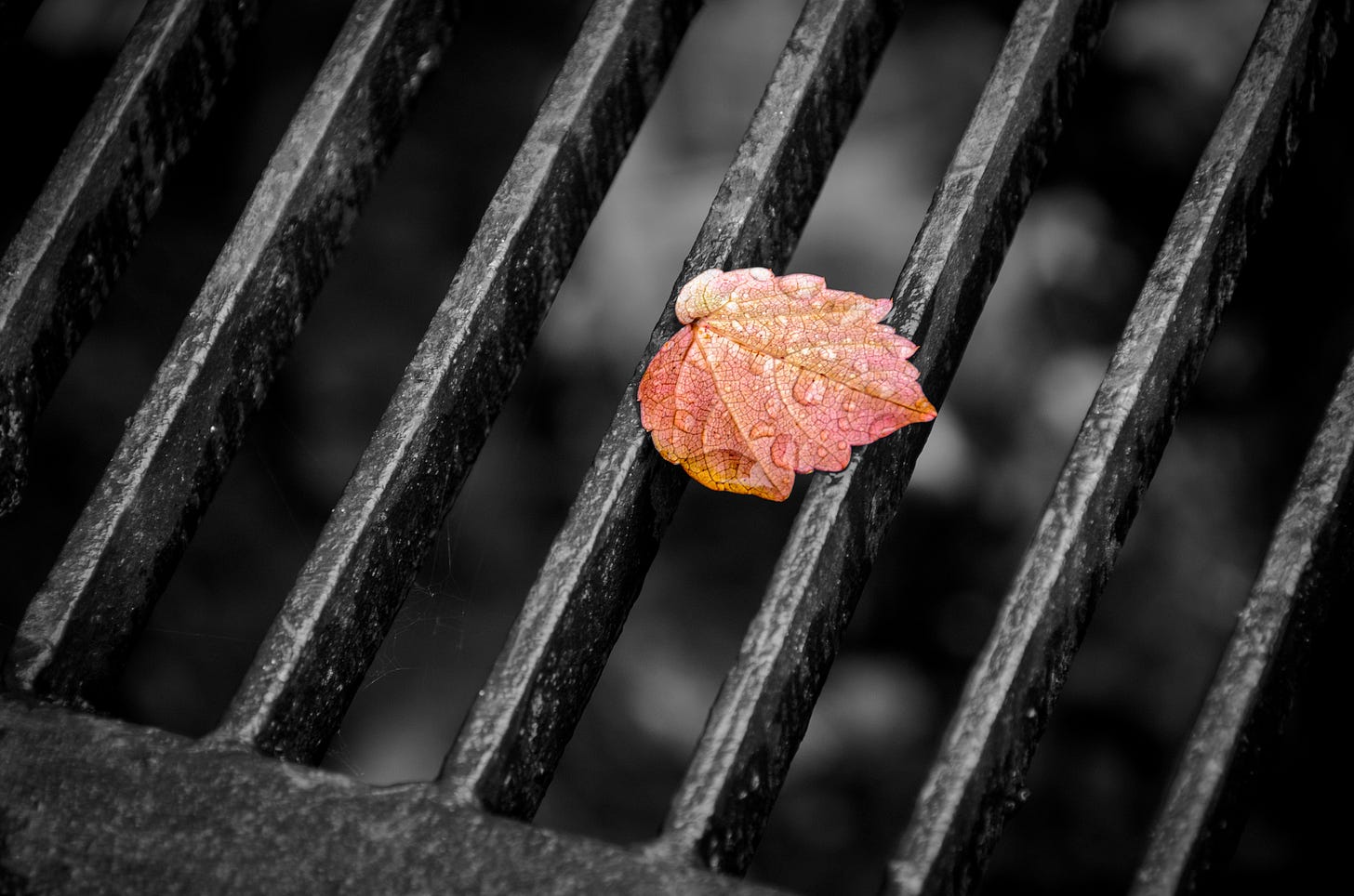
Great post. Liked a lot your photos. Made the points. Thanks for all your efforts to help us learn more.
Great content mate, well written and practical. How I know it's good because I wasn't planning in taking my camera out to day and now I do.